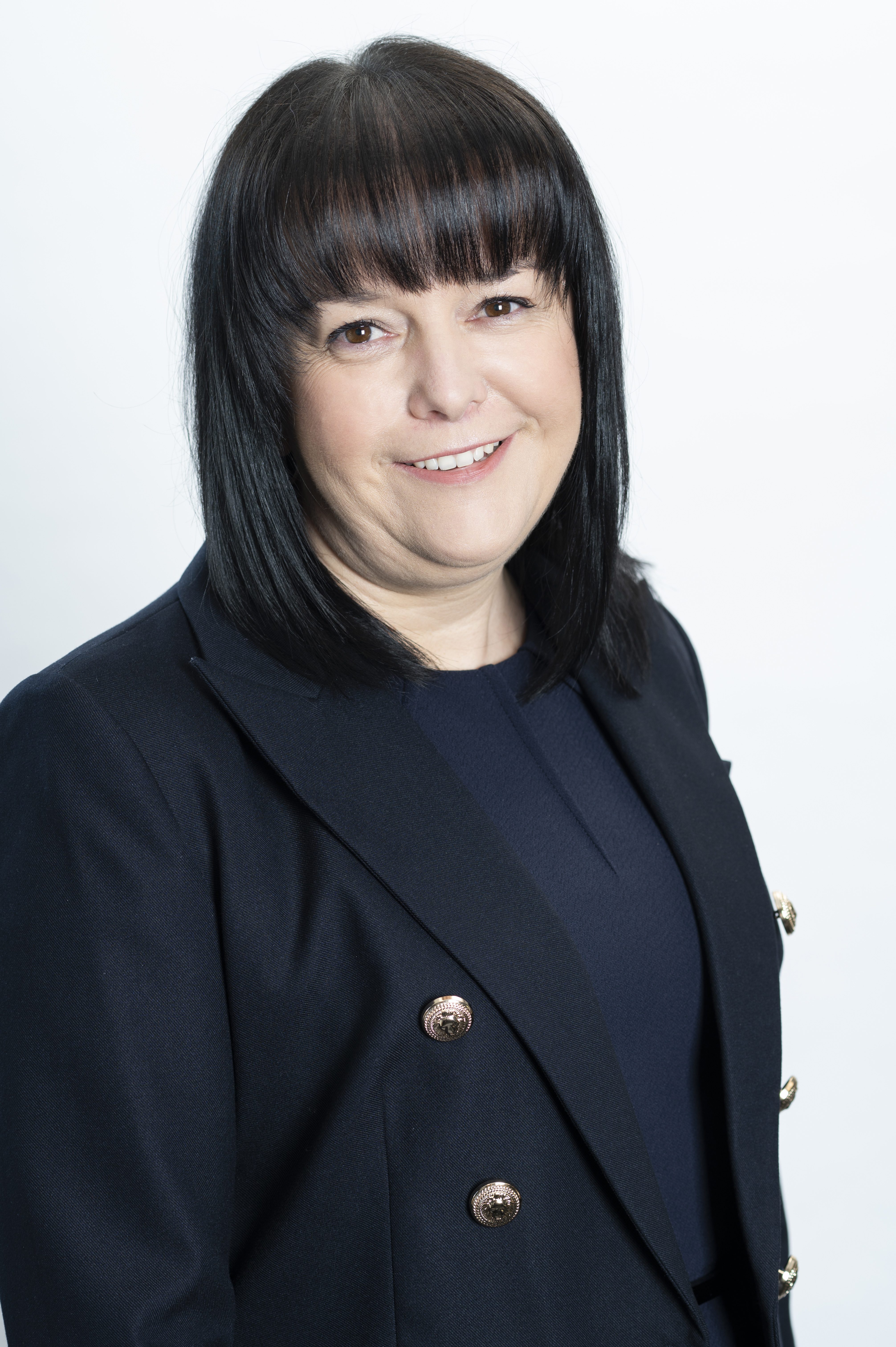 Written by Julie Cairns, an Ashfords Trusted Advisor
Written by Julie Cairns, an Ashfords Trusted Advisor
SINGLE TOUCH PAYROLL (STP) PHASE 2
The ATO are corresponding with employers to ensure that they are STP Phase 2 ready. Ashfords have compiled the following key information to
address your questions about the STP Phase 2 program.
What is STP Phase 2?
STP Phase 2 is an extension of the Australian Government STP initiative which originally started on 1 July 2018. It expands the program to
capture more detailed payroll information.
When does STP Phase 2 start?
The mandatory start date for STP Phase 2 was 1 January 2022, however, the ATO have adopted a flexible approach to the transition. A number
of Digital Service Providers (DSPs) including Xero and MYOB have secured deferrals to allow more time to upgrade their solutions to meet STP
Phase 2 reporting requirements. Xero have secured a deferral until 31 December 2022. Similarly, MYOB have a deferral until 1 January 2023.
What is changing with STP Phase 2?
Many employers will find that the additional information required is already captured by their current payroll software. The key changes
include:
- Gross income will be disaggregated to report the various components.
-
Reporting employment and taxation conditions for employees including TFN or ABN, commencement date, employment basis and tax treatment via a
new 6-character code.
- Reporting income types to identify amounts with specific tax, super or social security treatments.
- Reporting country codes for Australian residents working overseas.
- Option to report child support garnishees and deductions.
- Option to provide previous Business Management Software IDs and Payroll IDs.
What are the benefits to employers of STP Phase 2?
STP Phase 2 will streamline employer interactions and ease the burden of reporting employee information to multiple government agencies. The
key benefits include:
- Removing the need to send TFN declarations to the ATO (although these should still be completed and held with employee records).
- Notifying concessional reporting via income types (e.g. for closely held employees).
- Removing the need to provide Lump Sum E letters for back payments to employees.
-
Notifying changes in software or employee payroll IDs to fix issues with duplicate income statements through myGov (only if this
functionality is supported by your solution).
How can I get support with the STP Phase 2 rollout?
Contact your Ashfords Trusted Advisor as soon as possible to receive guidance regarding your transition to STP Phase 2 reporting.


 Written by Julie Cairns, an Ashfords Trusted Advisor
Written by Julie Cairns, an Ashfords Trusted Advisor